Last updated: 25 June 2023
The Siege of Bastogne took place over 75 years ago in 1944, and whilst it was part of the larger Battle of the Bulge, it was a ferocious battle in and of itself, which lasted from December 20th to 27th 1944 until reinforcements from General George Patton’s Third Army arrived. The city of Bastogne was a critical location for Nazi Germany, a major junction for all main roads in the Ardennes highlands.
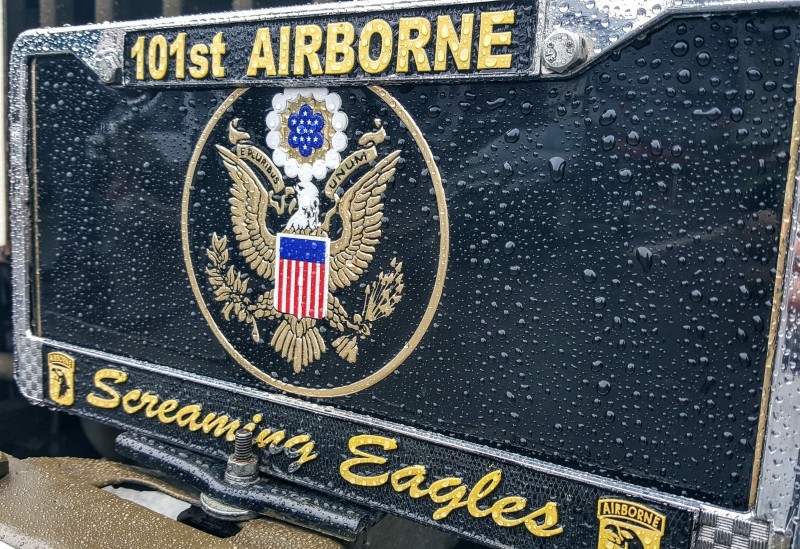
[lwptoc]
Some of the links in this post are affiliate links which means that if you click on them and make a purchase, at no extra cost to you, we may earn a small commission. This helps keep the lights on at Roaming Required HQ. We sincerely thank you for your support.
Bastogne was defended by the 101st Airborne, the Screaming Eagles, and Command B of the 10th Armored Division. The Allied forces had everything going against them; the city was surrounded by German forces, they were outnumbered 5 to 1, medical and ammunition supplies were rapidly depleting, and they were in the depths of winter for which they ill-equipped to handle.
Ken Hatfield’s book; Heartland Heroes: Remembering World War II provides some insight into the relentless assault on Bastogne and just how hopeless the situation seemed for the American troops;
“they even shot the notoriously inaccurate V-1 buzz bombs into the town. They didn’t give a damn where they landed,” he said. Although ammunition was precious, the Americans tried to shoot the bombs while they were still in the air with their machine guns and small arms because they packed enough explosives to destroy whole city blocks
Over the course of 7 days of relentless fighting, there were small breaks in the weather which allowed air supply drops containing much needed ammunition and medical supplies.
The fact that Bastogne never fell to the German forces is an incredible feat and a testament to the bravery, tenacity, and fierce fortitude shown by the American soldiers who defended the city with their lives.
Bastogne: Visiting Today
We travelled with Liberation Route Europe through the city of Bastogne and its surrounding areas to understand and appreciate the Siege of Bastogne and its important place in World War II history. We visited many places during our time in Bastogne and all of them provided us with a great deal of insight into the city and the ferocious battle which took place there 70 years ago.
Bastogne War Museum
A visit to the Bastogne War Museum is the perfect place to begin your journey. The museum provides excellent insight into the Second World War through the perspective of The Battle of the Bulge. The museum is designed to appeal to all visitors, regardless of existing knowledge levels, through interactive exhibitions and audio guides.
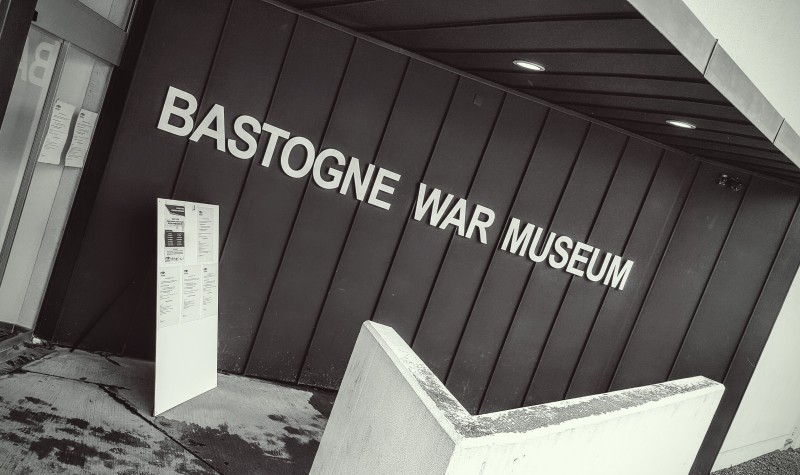
The museum wants visitors to understand the personal stories of those who lived through the battles so when you commence your visit you are introduced to 4 characters; a teenage boy, a young teacher & member of the Resistance, a German soldier, and American soldier (the boy and teacher are loosely based on real people). These characters tell their stories (on the audio guides) as you walk around the museum.
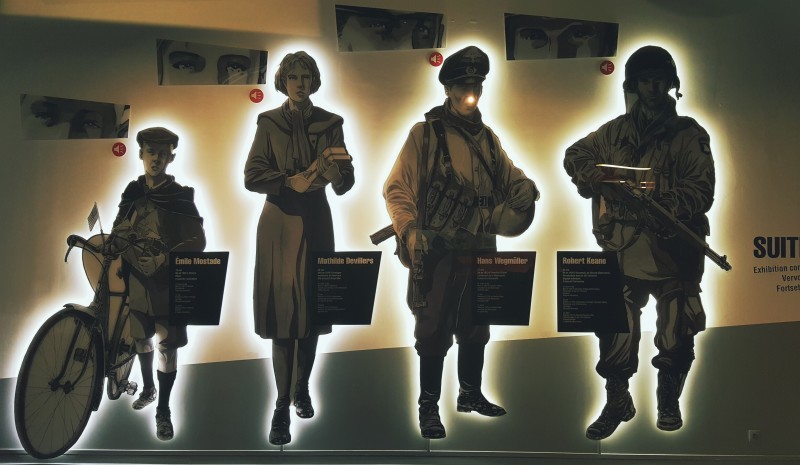
As you wander through the museum you’ll see many exhibits with a substantial amount of information on each board, all written in 3 languages (Dutch, French, and English). My advice is to take your time at each exhibit and let the detail sink in. I did find at times having the audio guide play automatically a little distracting when reading the information boards so you might want to turn the volume down until you’re ready to listen to the personal stories.
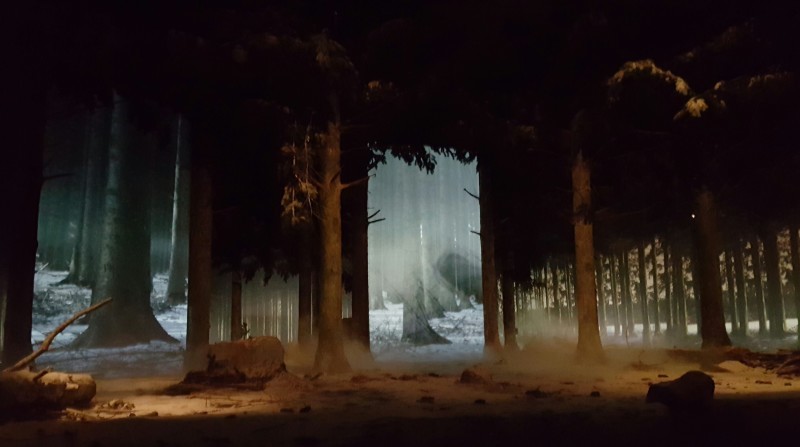
It’s evident that the Bastogne War Museum is dedicated to ensuring that all visitors learn as much information as possible so they’ve included a variety of education methods; from information boards, exhibits in glass cases, 3D films in a modern theatre, and a great film set in a theatre designed to feel like the Ardennes Highlands.
We spent a good few hours at the museum but I still feel that I could have spent a few more hours because there was just so much to see. If you plan to visit the Bastogne War Museum then make sure you add a couple of extra hours to the itinerary, just to make sure.
Mardasson Memorial
Located just outside the Bastogne War Museum is the Mardasson Memorial, a star-shaped structure erected to honour the memory of the American soldiers who fought, were wounded, and died during the Battle of the Bulge. I can quite easily say that the Mardasson Memorial is one of the most impressive memorials I’ve ever seen.
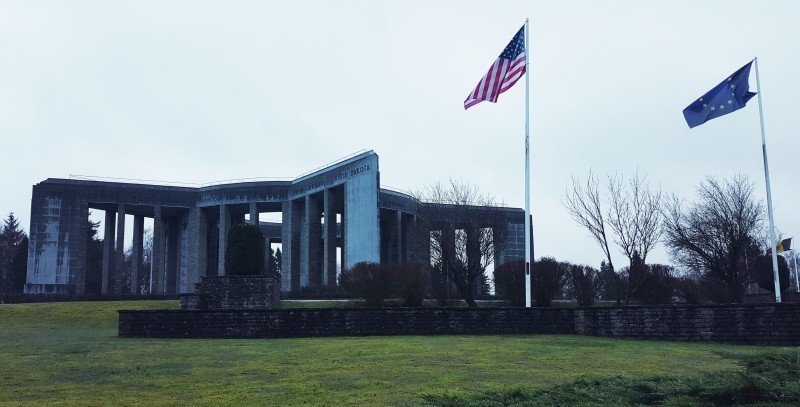
The memorial took 4 years from conception to completion, commencing on July 4th 1946 and the dedication day was July 16 1950. The unique design of the memorial was the brainchild of architect Georges Dedoyard, who designed the memorial in the shape of the 5-pointed American star.
The memorial stands 12m (39ft) tall, 31m wide sides, and the centre chamber sits 20m (66ft) wide. There is a set of stairs which will take you a viewing platform which sits on top of the structure, providing views of the Belgian countryside and the hillsides where some of the fighting took place.
On each side of the memorial are the names of each of the 50 American states. An interesting fact is that at the time of construction, there were only 48 states instead of the 50 that we know today. Both Alaska and Hawaii are present on the memorial however they do not sit in alphabetical order like the other 48 states.
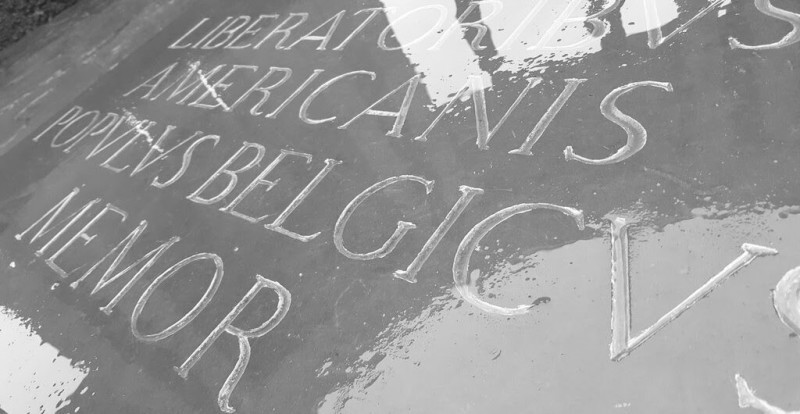
Sitting in the centre of the memorial is a steel slab and inscription where the ground was first broken during construction. The inscription reads;
LIBERATORIBVS
AMERICANIS
POPVLVS BELGICVS
MEMOR
IV.VII.MCMXLVI
The Belgian people remember their American liberators – 4th July 1946
Sitting beneath the memorial is a crypt which contains alters for the 3 main religions of the Allied soldiers at the time; Catholic, Protestant, and Judaism.
I really enjoyed our visit to the Mardasson Memorial and think it’s simply remarkable. I was really captured by it and I think it’s because I had never heard of it before our visit to Bastogne, and the sheer scale of it implies a gratitude of such magnitude that words could never really suffice. A must visit.
McAuliffe Square
It’s not the sort of thing that you expect to see as you drive through the centre of Bastogne but at the intersection of the N84, N85, and N30 roads you will see a army tank, a renovated American M4 Sherman tank of the 11th US Armored Division “Barracuda”, to be precise. This tank was decommissioned on December 30th 1944 by a 75mm shell from German forces, evidenced by the mortar damage to rear-left corner. The American soldiers navigating the tank were captured and placed in a prisoner of war camp.
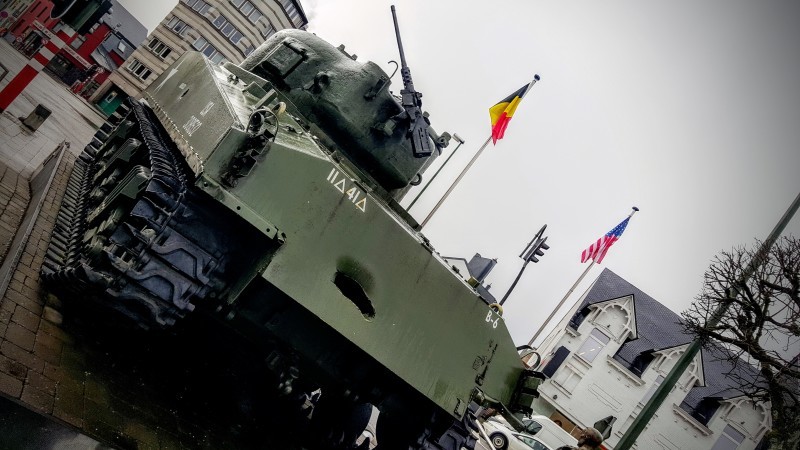
The Sherman tank is a part of McAuliffe Square, which pays tribute to Brigadier General Anthony McAuliffe, division commander of the 101st Airborne Division. The town square is where you can honour the gallant effort of General McAuliffe and fellow American troops in the defence of Bastogne during The Battle of Bulge.
The Sherman tank is quite a sight and worth taking a moment to visit and soak in the history, you can almost feel it wash over you as you close your eyes and imagine this immense juggernaut moving through the streets of Bastogne.
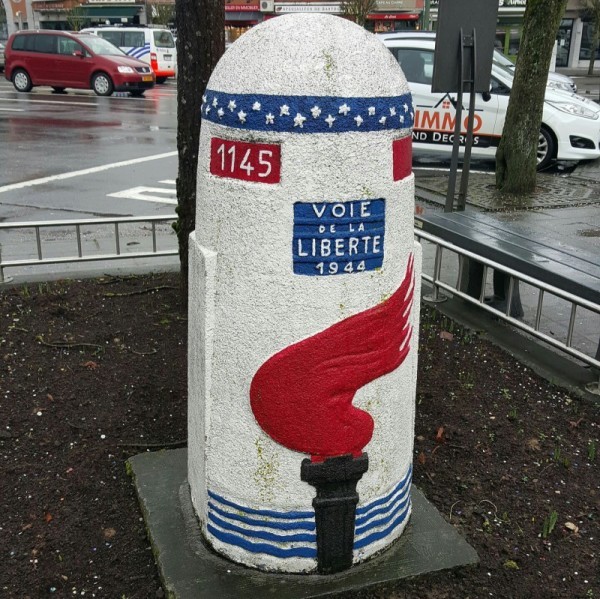
Next to the tank is a milestone marker from Freedom Road, a commemorative trail which follows the route taken by the Allied Forces from the D-Day beaches in Normandy, starting from Ste-Mere-Eglise and finishing in Bastogne. A marker, like the above, is placed at each of the 1,146km of the path.
Brigadier General McAuliffe will be remembered for many things, however one of the most famous (or perhaps, infamous) might be his official response to the German demand for surrender during the Siege of Bastogne.
To the German Commander…
German General von Luttwitz, sent a letter to Brigadier General Anthony McAuliffe demanding the surrender of the American troops stationed in Bastogne. General McAuliffe’s curt response to the German demand could be best described as succinct…
To the German Commander,
NUTS!
The American Commander
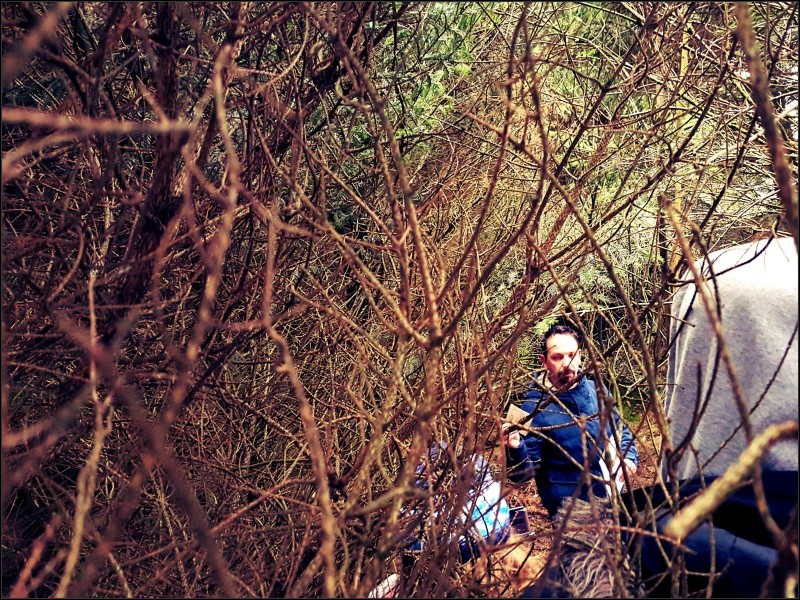
To an American, there could be no misconstruing the intent, meaning, and tone of the response, however to German ears it was something completely new. The German major required the response to be translated by the American emissary, and translated it was; In plain English? Go to Hell
Standing there in a winter coat, listening to our guide explain that we were standing in the actual location where General McAuliffe’s response was read by the German messengers, was chilling. The chill I felt had nothing to do with the zero degree weather and everything to do that we were standing in a place surrounded by history. This was the whole point of the trip with Liberation Route Europe, to follow in the footsteps of the Allied liberators.
The location of this small clearing, hidden behind a thicket of trees not far from the road can be easily visited and you too can stand where we did and embrace history. Located at 49°58’42.0″N 5°43’39.0″E
German War Cemetery (Recogne-Bastogne)
One of the sombre places we visited with Liberation Route Europe was to Recogne-Bastogne, a German military war cemetery containing graves of 6,807 German soldiers.
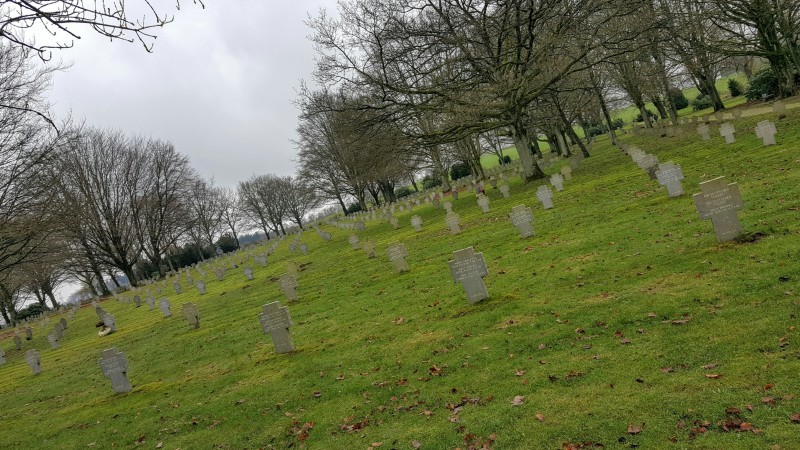
From the moment you walk through the gates of the cemetery you are immediately silenced by the sheer number of graves in front of you. A field of small stone crucifixes against a background of bare trees and grey sky.
Our guide informed us that many of the men buried here were young and forced into fighting a war they didn’t understand, a lot of them with no experience and ultimately no chance. The cemetery contained the graves of over 6000 men but at first glance it didn’t look like there was enough space for that number and then you look a little closer, you realised that each of the stone crucifixes contained the names of 6 men, 3 names on each side.
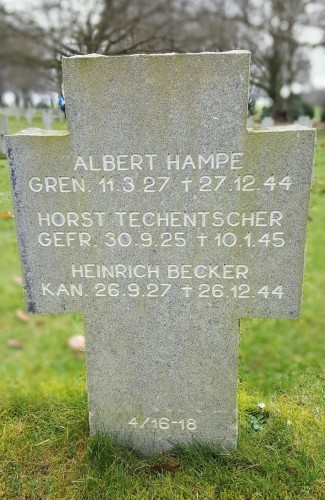
There are few words that can sum up the cost of war as much as the dates on this gravestone.
Wood of Peace (Bois de la Paix)
The Wood of Peace, located 15 min from the centre of Bastogne, is the site of where 4000 trees were planted during the 50th anniversary of The Battle of the Bulge.
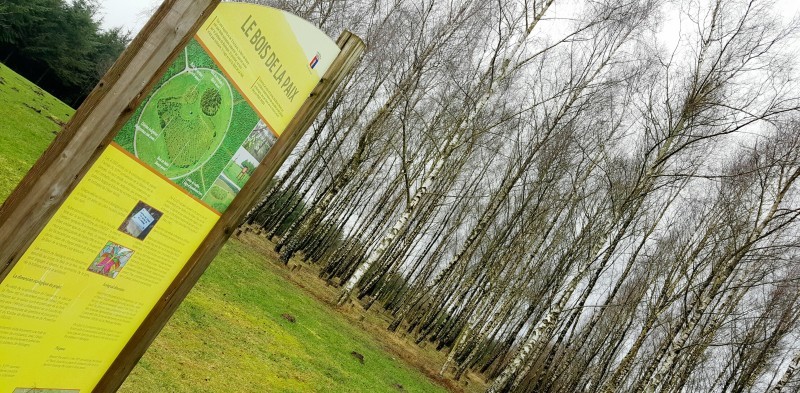
The veterans who returned for the commemoration, were paired with a child from the town (our wonderful guide advised us he was one of the local children who had this honour in 1994) and planted a tree in the wooded area. The veterans were honoured by having a plaque, bearing their name, placed at the foot of one of the trees. Their names shall always be remembered.
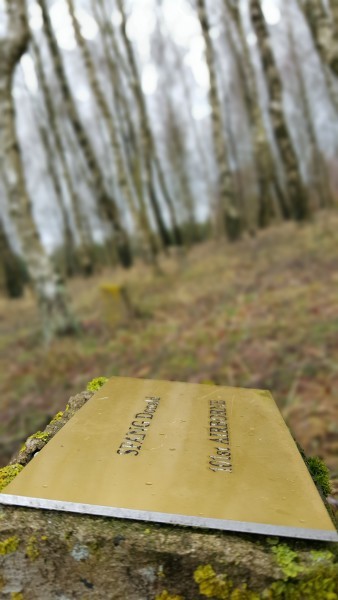
Next: Hurtgen Forest
Our visit to Bastogne will be one that we will never forget and we feel fortunate to have had the opportunity to explore it Bastogne as it is today, and what was given in the past. The next section of our trip with Liberation Route Europe is Hurtgen Forest in Germany.